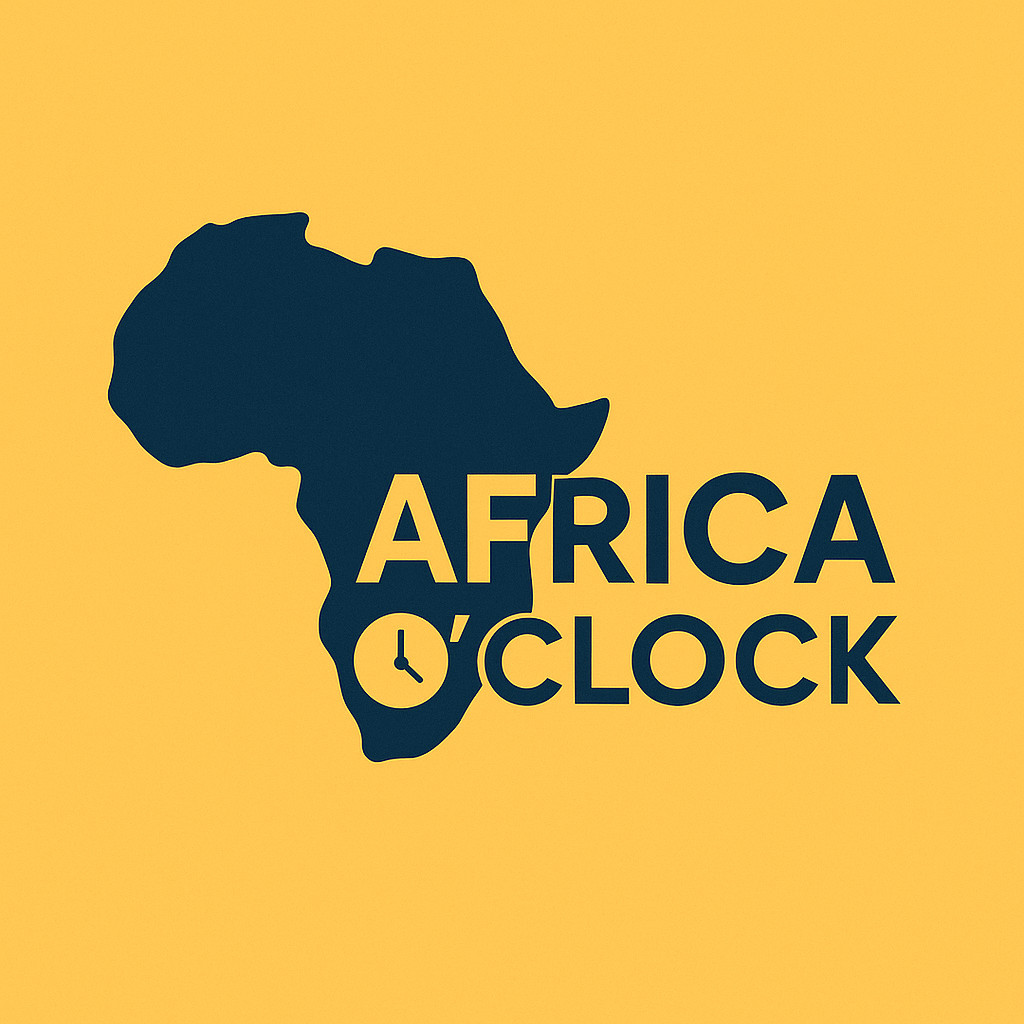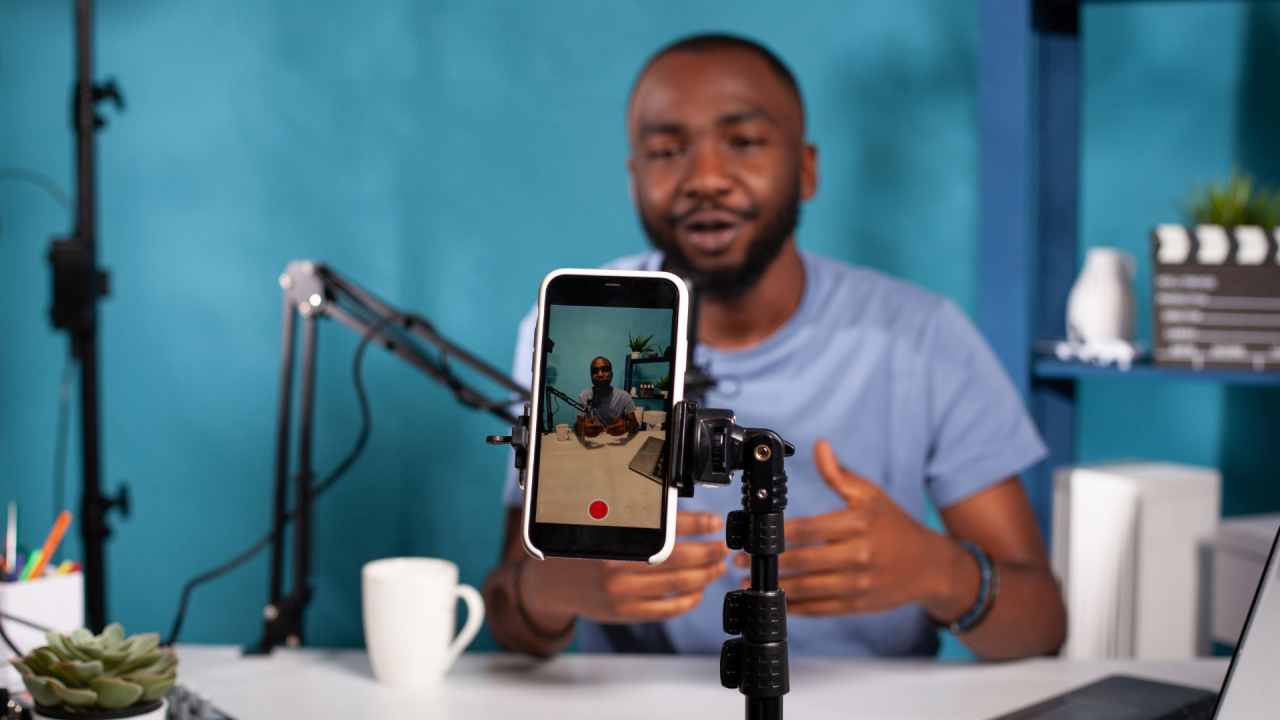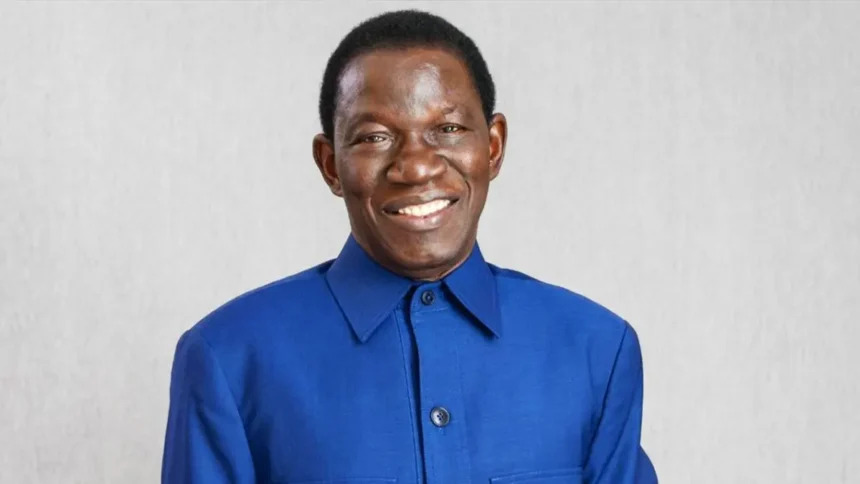(A guide for African agencies and businesses to protect, their brand, their image and credibility)
Why Crisis Communication Matters in Africa
On a continent where trust, proximity, and reputation drive business success, poor communication during a crisis can bring down a brand overnight.
Crises come without warning from a misinterpreted tweet, a technical failure, a defective product, or a management mistake made public.
But it’s not the crisis itself that destroys a brand’s reputation, it’s how it’s managed.
1. Staying Silent or Reacting Too Late
Silence is often seen as an admission of guilt.
In Africa, where information spreads fast through WhatsApp, Facebook, or X (Twitter), delayed reactions fuel rumors and public distrust.
What to do:
- React quickly, even with a temporary statement.
- Express empathy before going into details.
- Show that the situation is under control.
A partial statement is better than a damaging silence.
Inspiring example:
MTN Nigeria (2020) – After backlash over a campaign seen as insensitive, MTN issued a clear public statement, acknowledged public concerns, and launched a new campaign focused on national unity. Within days, public confidence was restored.
2. Improvising Without a Strategy
Many African companies panic under pressure — giving contradictory statements, emotional responses, or showing a lack of coordination.
What to do:
- Appoint a single trained spokesperson.
- Create a crisis committee including communication, legal, and management.
- Prepare crisis scenarios in advance.
A crisis mismanaged internally always becomes a public one.
Inspiring example:
Telma Madagascar (2022) – During a major network outage, the company quickly activated its crisis plan: issued a clear explanation, apologized publicly, and compensated affected clients. The result: improved brand perception and maintained customer trust.
3. Underestimating the Power of Social Media
Across Africa, social networks are the main barometer of public trust.
A poorly handled online conversation can shift public opinion within hours.
What to do:
- Monitor conversations using tools like Hootsuite, HubSpot Social, or Brandwatch.
- Respond calmly, respectfully, and transparently.
- Always communicate through official company accounts.
Social media is the true battlefield of crisis communication.
Inspiring example:
Nando’s South Africa (2021) – After a controversy surrounding an advertisement, Nando’s responded swiftly on social media with humor and transparency. Within 48 hours, the brand had turned a viral backlash into an opportunity to strengthen its image as bold, authentic, and self-aware.
4. Ignoring the Human Side in Favor of Corporate Language
Too many African companies issue cold, legalistic, or overly formal statements.
Yet African audiences value emotion, sincerity, and empathy.
What to do:
- Communicate with compassion and responsibility.
- Use a human, accessible, and honest tone.
- When needed, let a credible person, founder, CEO, or spokesperson — speak directly.
In Africa, a human brand is a resilient brand.
Inspiring example:
Dangote Cement (Nigeria) – Following an accident at a production site, the CEO personally released a heartfelt message of condolence and announced a clear support plan for affected families. The response was praised for its transparency and humanity.
5. Failing to Learn from the Crisis
Many organizations “move on” as soon as the crisis fades.
Yet every crisis is a valuable learning opportunity.
What to do:
- Conduct a debrief once the crisis ends.
- Identify what worked and what didn’t.
- Update internal procedures accordingly.
Those who don’t analyze their crises are doomed to repeat them.
Inspiring example:
South African Airways (2023) – After a major strike and image crisis, the airline overhauled its entire internal communication system. Since then, its crisis messages have become models of clarity and anticipation.
Useful Tools for Managing Crisis Communication
| Need | Recommended Tools | Benefit |
| Social media & monitoring | HubSpot Social, Hootsuite, Buffer | Real-time tracking of mentions and reactions |
| Internal coordination | Asana, Trello | Clear role assignment and task follow-up |
| Rapid response & message sharing | Google Workspace, Slack | Smooth team communication |
| Reputation management & CRM | Simple CRM, Zoho Desk | Centralized feedback and post-crisis management |
Crisis Communication: A Test of Leadership and Maturity
Crisis communication isn’t just about saving face — it’s about demonstrating leadership and organizational maturity.
African brands that emerge stronger from crises are those that:
✅ Communicate with humanity,
✅ Anticipate with strategy,
✅ And turn pressure into opportunity.
In Africa, a well-managed crisis doesn’t destroy a reputation — it can elevate it.
Africa at the Dawn of Communication Maturity
African brands are becoming increasingly aware of the power of strategic, transparent communication.
From MTN to Safaricom, Dangote to Nando’s, and local agencies such as WPP Scangroup Kenya, Voodoo Group Côte d’Ivoire, and BigFive Digital South Africa, the pioneers of responsible communication are shaping a new generation of transparent, agile, and human-centered companies.
Africa O’Clock embodies this movement promoting communication practices rooted in African realities, built on trust, preparation, and resilience.Because in Africa, the best defense for a brand is its ability to stay authentic — even in times of crisis.





